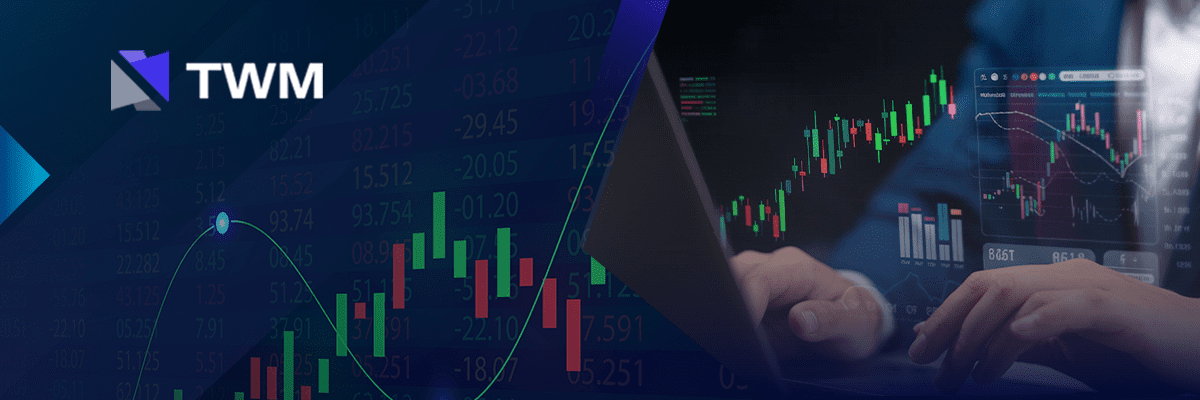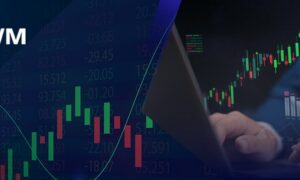In today’s algorithm-driven markets, traders no longer rely solely on instinct. The edge now lies in data — and in the tools that turn raw market movement into actionable insights. Among those tools, the qqe indicator has become a reliable way for modern traders to interpret volatility and measure true market momentum.
This article explores how experienced traders use the QQE framework to cut through noise, identify potential reversals, and improve precision timing across all trading styles — from scalping to swing trading.
⚙️ What Makes Volatility Hard to Read
Volatility represents uncertainty — and that’s what makes it both an opportunity and a challenge. Traditional indicators like RSI or MACD often fail to account for changing volatility levels, producing delayed or false signals during market surges.
The Quantitative Qualitative Estimation (QQE) method was developed to address this limitation. It combines the principles of Relative Strength Index (RSI) with adaptive smoothing and volatility tracking, giving traders a clearer view of momentum shifts in real time.
By doing so, QQE doesn’t just show when a trend is strong — it shows how stable or fragile that strength really is.
📊 Inside the Logic of the QQE Indicator
The QQE indicator works by applying double smoothing to RSI values and then measuring the difference between the smoothed RSI and its signal line. The result is a dynamic system that adapts automatically to volatility.
- When the main QQE line crosses above the signal line → it suggests bullish momentum.
- When it falls below → bearish momentum likely increases.
- The gap between the lines represents the “pressure” of volatility — the wider it is, the stronger the market’s momentum.
This is why many traders consider QQE more advanced than static RSI or moving average systems. It reacts to volatility instead of being distorted by it.
🧠 Why Modern Traders Prefer QQE
For active traders — especially those using automated trading systems or AI-based setups — QQE provides a balance between speed and reliability.
It allows traders to:
- Track volatilityin fast-changing markets.
- Spot trend continuation or reversal earlier.
- Combine momentum data with other indicators like Bollinger Bands or ATR.
- Build data-driven trading strategieswith reduced emotional bias.
Because QQE adjusts itself dynamically, it fits both day trading and swing trading strategies. Instead of relying on fixed thresholds, it reads the market’s rhythm — much like a pulse monitor for market health.
📈 Applying QQE in Real Trading Scenarios
Let’s take two practical examples:
- In a sideways market:
QQE’s smoothed lines stay close together, signaling weak momentum. Traders can avoid false entries and wait for clearer trends. - In a high-volatility environment:
The signal line expands, allowing traders to spot strong breakouts while filtering noise.
Many advanced trading platforms — including TWM’s professional software — allow traders to customize the QQE’s sensitivity, smoothing periods, and alert levels. This adaptability makes it a favorite among traders who rely on technical analysis for high-frequency and automated strategies.
🔗 Further Reading and Research
If you’re new to QQE and want to explore its structure in depth, check out the official guide on the qqe indicator page — it explains the complete calculation and volatility logic.
For practical insights and examples, the detailed tutorial QQE Indicator Secrets for Smarter Trades dives into live-market use cases and step-by-step setups.
Together, these resources help traders understand how data, psychology, and volatility combine to form a consistent trading edge.
💹 Beyond Indicators: Reading Market Behavior
While QQE focuses on technical momentum, successful traders pair it with contextual analysis — understanding how news, sentiment, and volume affect volatility.
The goal isn’t to predict markets, but to react efficiently when volatility expands or contracts. That’s why data-backed tools like QQE fit perfectly in modern quantitative trading setups. They simplify what used to require manual chart analysis — making it possible for traders to maintain consistency even under pressure.
🧭 The Human Edge in a Data-Driven Market
Even as automation takes over, human decision-making remains essential. The QQE indicator doesn’t replace intuition — it supports it with context.
Experienced traders use QQE to confirm what they already suspect: whether the market’s strength is real or temporary. When combined with solid risk management and discipline, it helps traders stay focused on probabilities instead of emotions.
Inside platforms like TWM, traders often integrate QQE with backtesting features and AI modules to evaluate how the system performs under various market conditions — ensuring strategies stay effective as volatility evolves.
❓ FAQs
Q1. What makes QQE different from RSI?
While RSI measures momentum, QQE enhances it by including volatility. This makes QQE smoother and more reliable in unpredictable markets.
Q2. Can QQE be used for all markets?
Yes. QQE works effectively across Forex, crypto, and stock markets, adapting to different levels of volatility.
Q3. Is QQE suitable for automated trading systems?
Absolutely. Its dynamic nature integrates well with algorithmic strategies and AI-based models.
Q4. Does QQE eliminate trading risk?
No indicator can remove risk completely — QQE simply helps traders make more consistent, data-driven decisions.
🏁 Final Thoughts
The QQE Indicator represents how far trading analytics have come — from fixed signals to adaptive frameworks that understand volatility.
For today’s traders, mastering tools like QQE means mastering timing. When used properly, it can turn uncertainty into structure and emotion into confidence — one signal at a time.
In an era where markets move faster than ever, understanding how to read volatility through QQE isn’t just useful — it’s essential.
Media Contact
Company: Asko SA
Contact Person: Martina Castro
Website: https://twm.one/
Telephone: +41 76 476 5208































